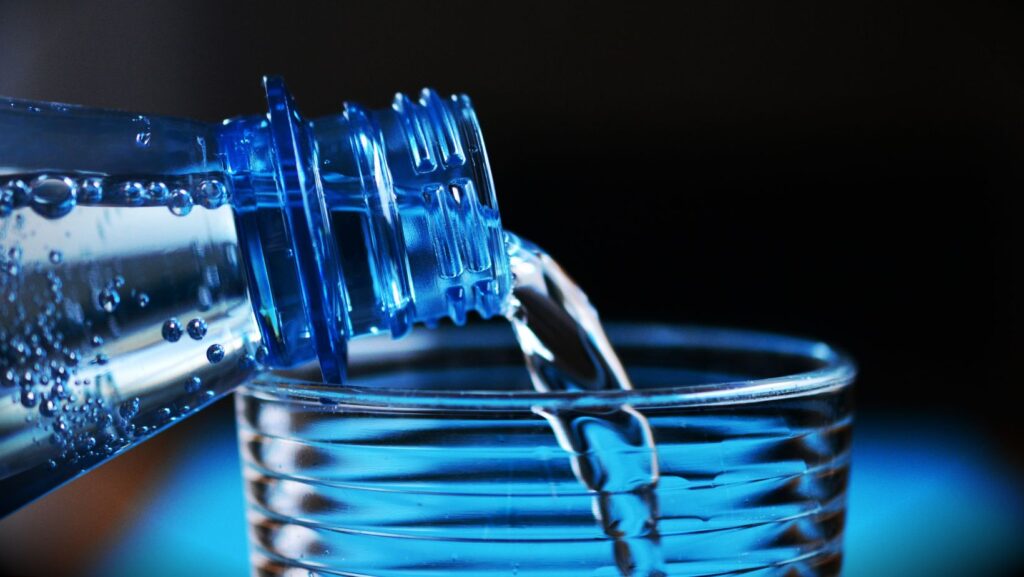In a world where over two billion people lack access to clean drinking water, the quest for potability is not just a convenience but a dire necessity. From the towering peaks of the Himalayas to the expansive plains of Africa, securing safe and sustainable water sources stands as a crucial challenge for humanity. This comprehensive exploration delves into the innovative solutions and collaborative efforts that are helping to quench the global thirst for pure water.
The Modern Water Crisis
Today’s water crisis is multifaceted, influenced by factors ranging from environmental changes to industrial pollution. Many regions face severe droughts exacerbated by climate change, while others suffer from contaminated supplies due to industrial waste or inadequate sewage treatment. The impact is profound: diseases from unsafe water kill more people each year than all forms of violence, including war.
The crisis demands innovative solutions that not only purify water but also make it accessible and sustainable for all. It’s about creating systems that not only meet today’s needs without compromising the future but also ensure equity in access to this vital resource.
Innovations in Water Purification
Technology plays a pivotal role in addressing the water purity challenge. Modern water dispensers are more than just convenient; they are equipped with advanced filtration technologies capable of removing pathogens and pollutants from local water sources, making it safe to drink. These devices are crucial in areas where traditional infrastructure is non-existent or has been compromised.
Beyond dispensers, there are numerous groundbreaking technologies reshaping water purification. Solar disinfection (SODIS) and ceramic water filters are two low-cost, high-impact methods gaining traction in rural and underserved communities around the world. These solutions are not only effective in eliminating harmful microorganisms but also environmentally sustainable, relying on abundant natural resources like sunlight and clay.
Empowering Communities with Local Solutions
The success of any water purification initiative largely depends on its adoption by the local community. Hence, empowering communities to manage their water resources is essential. This involves training residents to maintain and repair purification equipment, understand water safety practices, and advocate for policies that protect water sources.

In several parts of Africa, community-managed water points have transformed villages, drastically reducing waterborne illnesses and improving overall health. These points are often managed by local committees, ensuring the community takes full ownership and responsibility for the sustainability of their water resources.
The Role of Global Collaboration
Addressing the water crisis requires a coordinated global effort, involving governments, NGOs, private companies, and individual activists. International partnerships can provide the necessary resources and expertise to deploy water purification systems on a large scale.
For example, the United Nations’ Sustainable Development Goals explicitly aim to ensure availability and sustainable management of water and sanitation for all by 2030. Achieving this goal will necessitate unprecedented cooperation across borders and sectors.
Education and Awareness
Education is a powerful tool in the fight for water potability. By raising awareness about the importance of clean water and how to achieve and maintain it, communities can take proactive steps towards better water management. School programs that teach children about water conservation and hygiene practices can have ripple effects throughout communities.
Moreover, public awareness campaigns can change long-standing habits that contribute to water pollution. In many cities, these campaigns have successfully reduced the amount of waste dumped into rivers, leading to cleaner water downstream.
Technological Advancements on the Horizon
The future holds promising technological advancements that could revolutionize water purification. Nanotechnology, for instance, offers the potential to develop new materials that can filter and purify water at the molecular level, with greater efficiency and less energy consumption than current methods.
Additionally, artificial intelligence and machine learning are being harnessed to improve water management systems. These technologies can predict water demand, detect leaks, and optimize the distribution of water resources, ensuring that purified water is used efficiently and sustainably.
The global quest for pure potability is not just about quenching thirst; it’s about ensuring a healthy, sustainable future for all. As we continue to innovate and collaborate, the dream of universal access to clean water comes closer to reality. Each step forward in this quest not only improves health and well-being but also supports educational opportunities, economic development, and social stability worldwide.

By investing in water purification technologies, empowering local communities, and fostering global partnerships, we can transform the way water is seen and used. This not only solves a critical environmental issue but also uplifts entire communities, paving the way for a more equitable and hydrated world.



